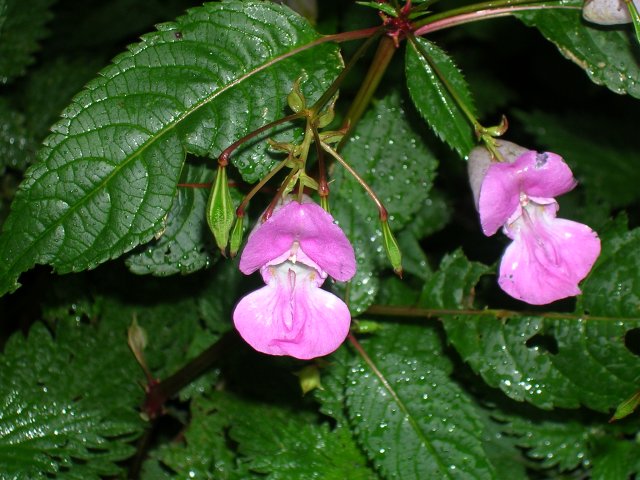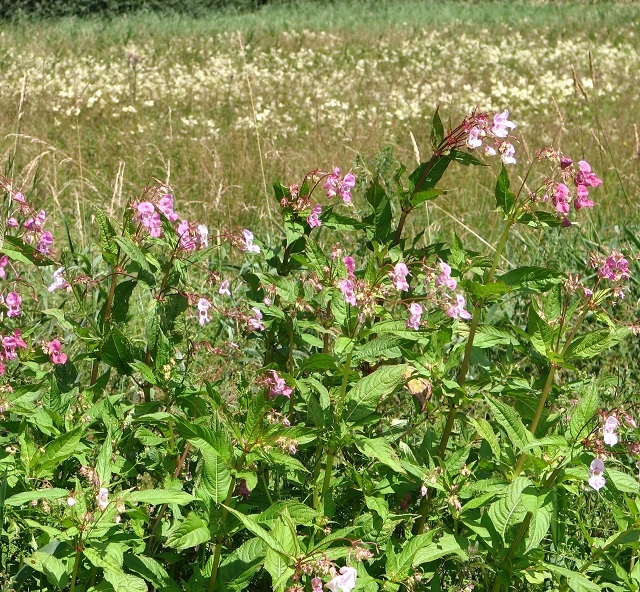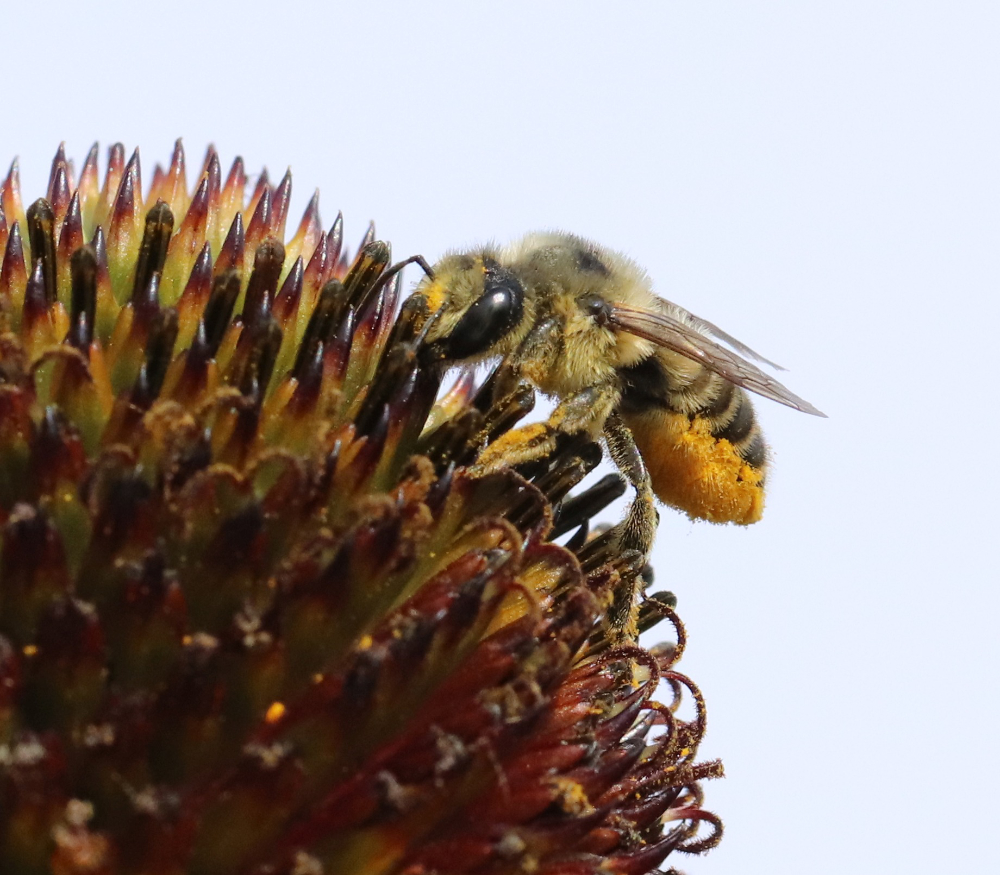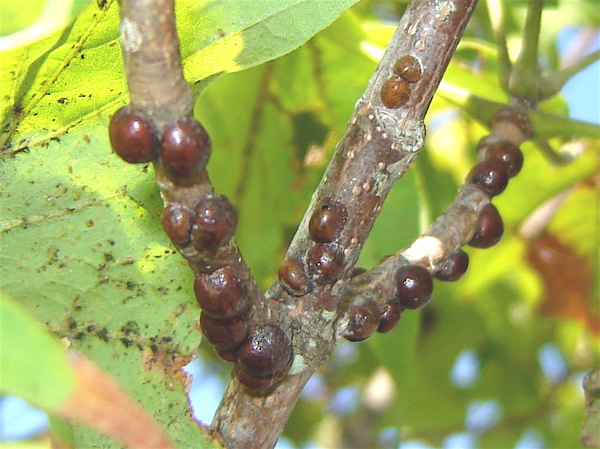
The Himalayan Balsam Impatiens glandulifera is native to the Himalayan region of Asia and was introduced to North America in the early 1800s as an ornamental. It has escaped gardens and is invading natural areas, creating dense stands that out-compete native vegetation.
This plant is often found adjacent to streams and in damp woods. When this annual plant dies in the fall, the bare riverbanks become much more prone to erosion.
Himalayan balsam produces nectar, however, as it spreads rapidly and quickly overtakes native species, it reduces biodiversity and has a very negative overall impact on pollinators.

How to Recognize Himalayan Balsam
- typically grows to 1-3 m in height
- pink flowers in summer have a hooded shape, 3-4 cm tall and 2 cm broad
- hollow soft green or purplish-red-tinged stem
- toothed leaves 5-23 cm long
- crushed foliage has a strong musty smell
- below the leaf stems the plant has glands that produce a sticky, sweet-smelling, nectar
Himalayan balsam is an annual plant that readily reseeds itself. Each plant produces approximately 800 seeds! Seed capsules are maturing now (August/Sept) in Zone 5-6 Ontario and will soon begin exploding and shooting seeds in all directions. Seeds can spread up to 5 m from the parent plant.
What you Can Do
- Mechanical control, by repeated cutting or mowing, is effective for large stands, but plants can regrow if the lower parts are left intact. Cutting the plant below the lowest node can help stop regeneration.
- Smaller infestations can be easily controlled by hand-pulling, as the root of Himalayan balsam is very shallow. However, management should only take place if there are no visible seeds, as disturbing the seeds can lead to a further infestation in the disturbed soil. Aim to remove these plants before July if possible.
- If management must take place when seeds are present (typically July to Oct), place a bag over the top of the plant to avoid further dispersal.
- Once plants are removed, they should be placed in a black garbage bag and placed on an impermeable surface for up to 1 week. This will kill off any viable materials before disposal.
Ontario Invasive Plant Council – Best Management Practice for Himalayan Balsam
Related Information about Invasives
Best Management Practices for Ontario – advice and fact sheets for all invasives






About The Author: Armstrong
As an author and editor, Linda directs her lifelong love of nature and plants to concerns about our environment and how we can do better. In addition to decades of gardening experience, and training as a master gardener, Linda focuses on learning from leading science-based educators and writers, and in the process finds that she uncovers many gardening myths.
More posts by Armstrong